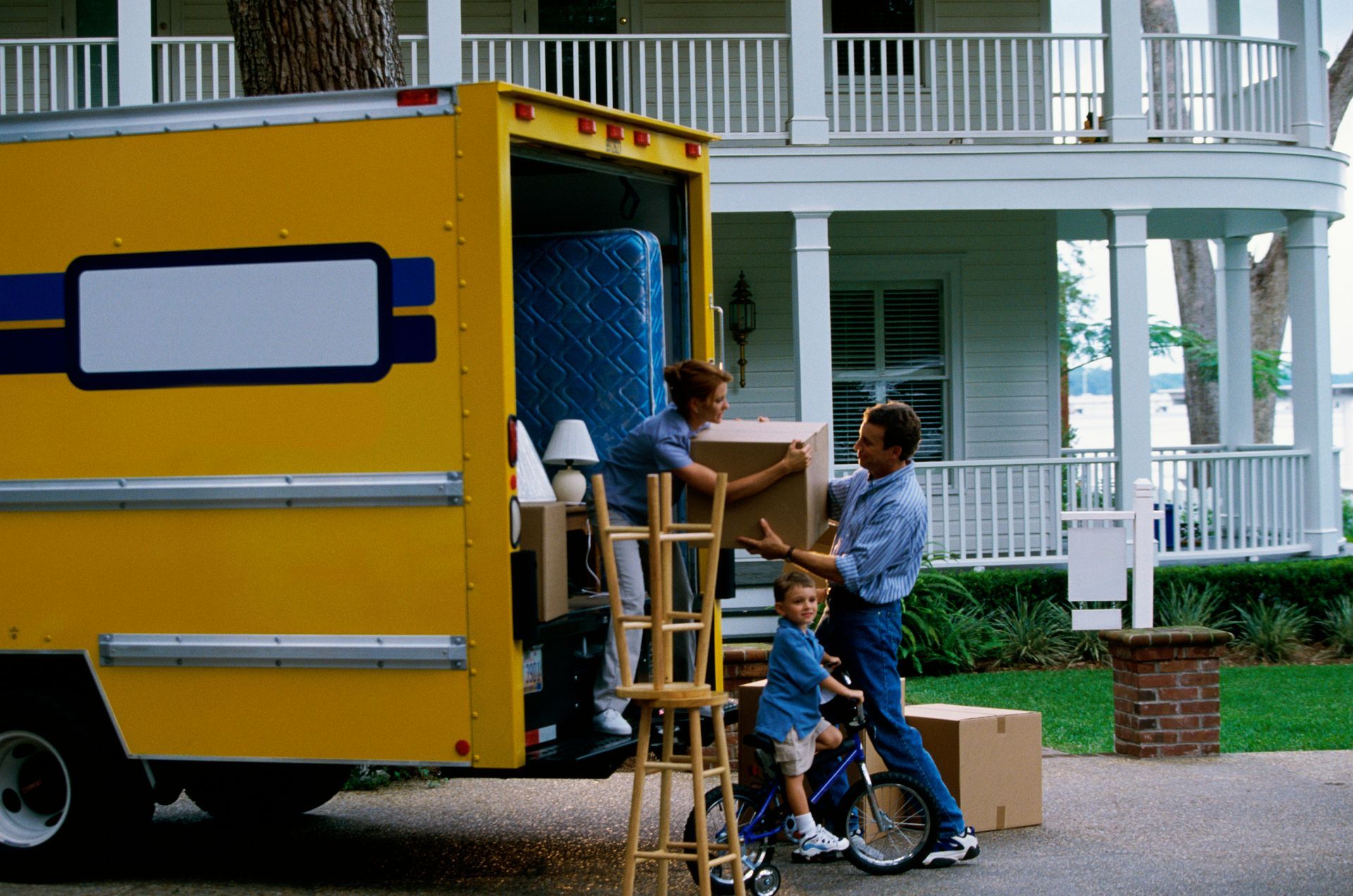Family Owned and Operated Since 1906
9 Tips to Prepare Your Children for a Move
November 2, 2022

Moving to a new home can be hard on any child. Anyone can have difficulty leaving their current home, but the pressure is significantly more for children who may not have any say in the matter. If you want to prepare your children for your upcoming move, read this guide for helpful tips.
1. Inform Your Children Early Enough
If you surprise your children with an impending move, they can feel uninvolved. Therefore, reveal the information to your children as early as possible, and involve them in the process. When you inform your children early, you give them time to prepare emotionally for the move.
2. Honor Their Grief
For many people, including children, leaving their current home may feel like death. Children will no longer see their friends, go to the same school, or visit their familiar parks and stores.
Give your children time to grieve, and don't try to force them to accept the move happily. Also, take part in their grieving, and help them go through the grieving stages.
3. Offer Freedom of Choice
Since the child may feel powerless during the move, offer them multiple choices. For example, allow your child to choose toys to bring along and ones to leave behind.
You can also ask the child to select the bedroom paint color of their room. Even simple things, such as deciding the name of the new home, can give your child the sense of freedom to choose.
4. Create a Visual Countdown
Your children may have difficulty visualizing the move, mainly if the process takes time. Therefore, a countdown paper chain and a calendar can help your child to understand the process. Let the child put the paper chain together and rip off the days. This will help your child to picture the moving house process and get a sense of control over the timing.
5. Plan the Appropriate Time to Move
Select the moving time during a period that is perfect for your children. If the move is between school years, schedule the move during the summer months. If the move happens during the school year, examine the school calendar before choosing the moving date.
6. Explore the New Neighborhood
When planning travel, most people refer to a website, magazine, or brochure. So, why not use the same idea to prepare your children for the new home? Find pictures of the new house, neighborhood, and town and share them with your children. If the new home is near your current home, take your children there for familiarization.
7. Let Them Say Proper Goodbyes
Children often develop powerful emotional attachments to places and people. If you plan to move out of town, encourage your children to say proper goodbyes. For example, a party that brings together all your children's friends can be the perfect opportunity to say goodbye.
8. Resist New Purchases and Redecorations
Parents often get new decorations, bedding, curtains, and furniture for the children's new bedrooms. However, putting new decorations and items in your child's bedroom may exacerbate the problem.
Instead, your child might need to move with their current belongings and decorations into their bedroom to settle quickly. You can still purchase new items for the child's bedroom, but do it well in advance.
9. Fully Explain the Moving Process
Children may have a bad experience during the moving day if they don't know what to expect. For a seamless experience, explain to your children the moving process well in advance. For example, your children can view pictures of the removal van to demystify the moving process. You can also have the children on-site to witness the move from the current home into the new one.
Get Moving Help
The move to a new home can be stressful and challenging. Christofferson Moving & Storage takes the stress and work out of the process so that you can have a seamless transition to a new place. Contact us
for more information.











